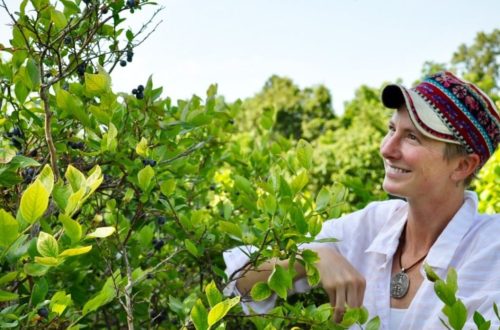-
2022 Squash Bug Resistant C. moschata Landrace Grow Report
Summer 2022 held some challenges in the garden... ...as we experienced over a month of drought mixed with temps in the upper 90s, many days even over 100! It was very difficult to keep everything alive and many plants stalled in growth. Flowers bloomed and wilted before they could set fruit and many fruits dried on the vine. That said, the squash hung in there! I did water more than 2021- for some weeks in June and July even watering every day or every other day simply to keep things alive.
-
Ozark C. Moschata Grex 2021 Season Wrap Up
2021 was an exciting year in squash growing. I started the year off with anticipation toward the squash project. I was curious as to how the genetics I had crossed in 2020 would fare in relation to the squash bugs. You can read my beginning of the season post to get an idea of the specifics of the project. In short summary of the project’s goals and aims for 2021: I created a Cucurbita moschata grex which is a flock of genetics crossing at random (think pollinators: we thank our 6 honeybee hives, among other populations of native bees, for their ample pollination). I didn’t manage for squash bugs at…
-
Community Squash Tasting Day
Saving seed and growing food is inherently place based. The characteristics of the seeds you save becomes the nourishment that fills your and possibly others’ bodies. It is one of the great gifts of growing food. Cooking it and sharing it brings us together and infuses us with a sense of place.
-
Breeding C. Moschata for Squash Bug Resistance (Introduction to SARE Grant 2021)
If you’ve gardened anywhere where there are squash bugs (Anasa tristis), you know how hard it can be to grow squash when they’re present. The greyish brown armored bugs will mate profusely all over squash and cucumber plants, laying neat rows of eggs on the leaves which spring forth in masses of bright blue young ones. Known for not only damaging the plant itself from feeding on it and sucking sap, they also can spread Cucurbit Yellow Vine Disease (CYVD) which causes the plant to wilt and die. Many farmers spend a lot of time managing this pest whether picking or vacuuming them off, using row covers, planting trap crops,…










